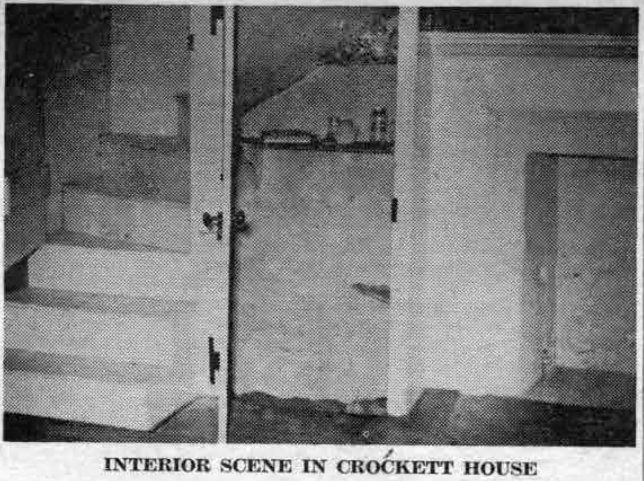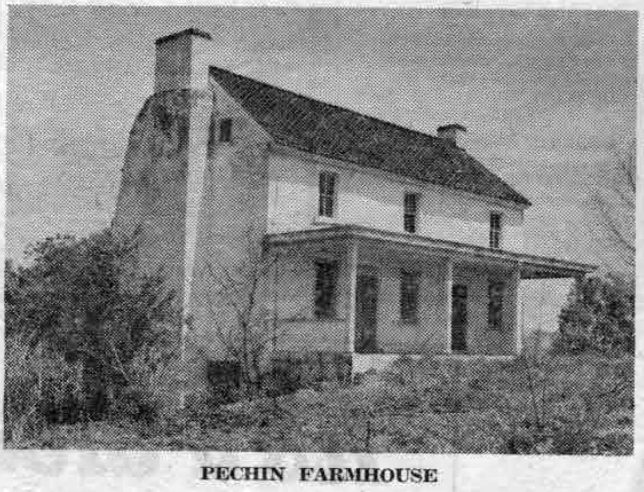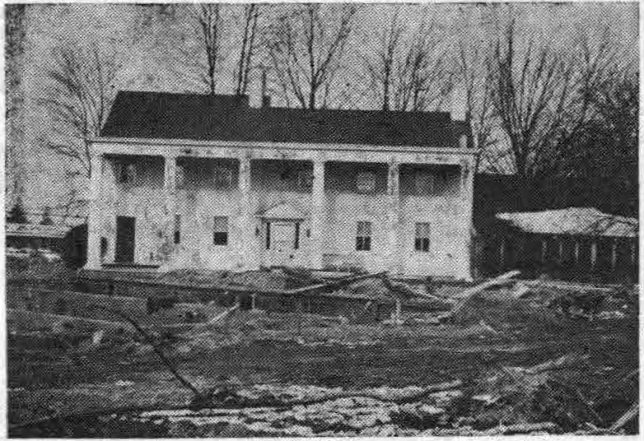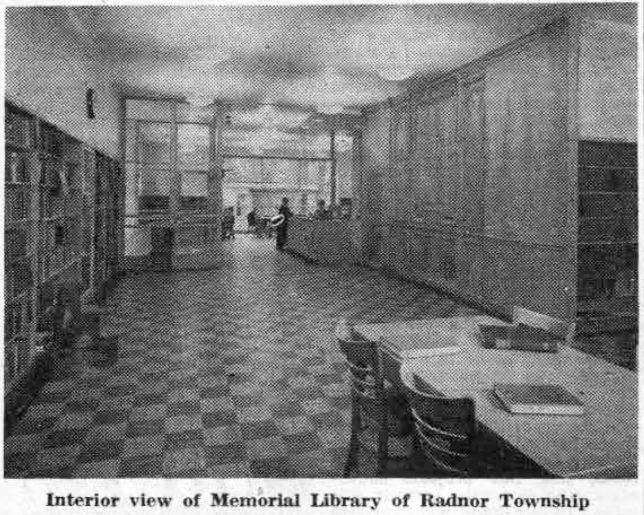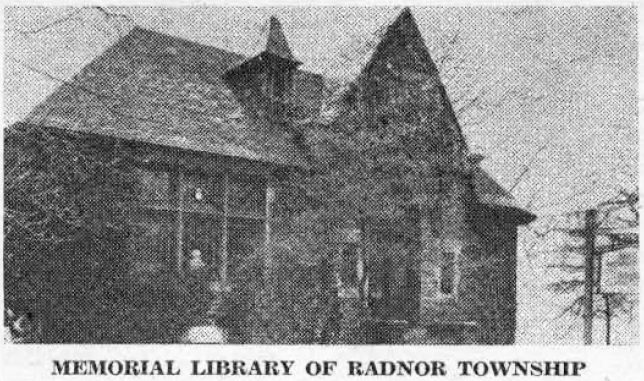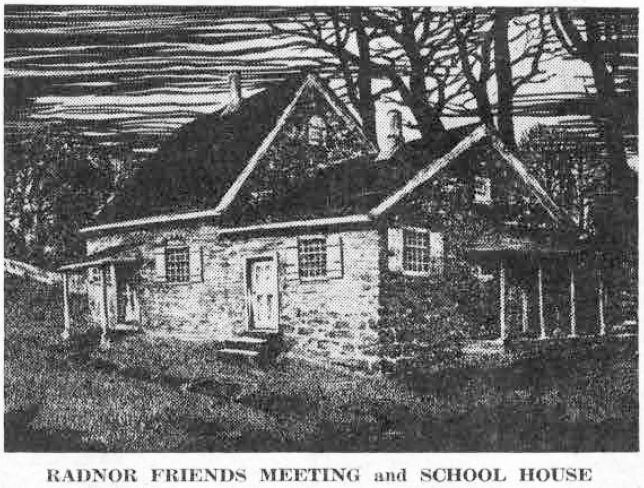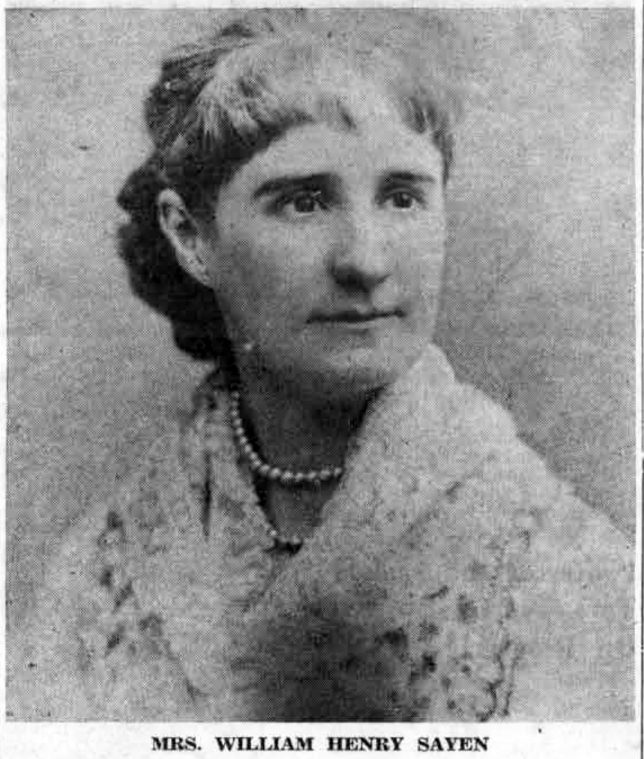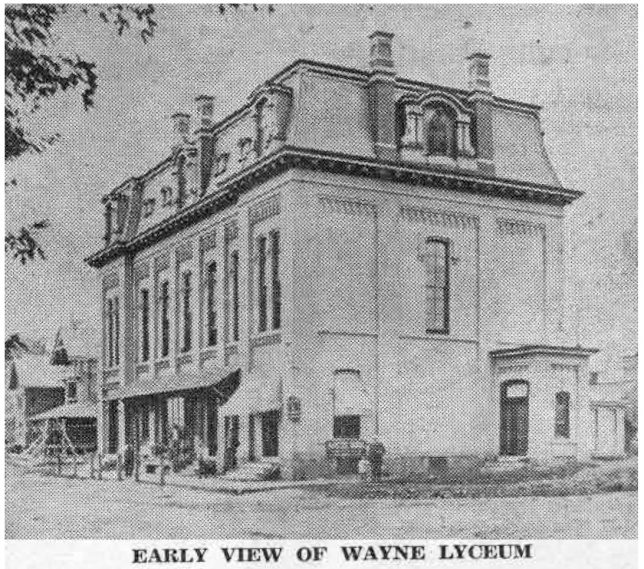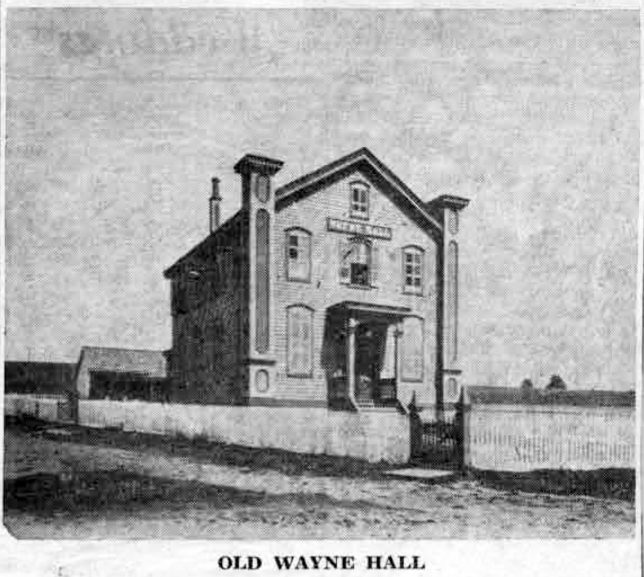To those of us who have been familiar with the weather-worn signboard that hung for many years outside the King of Prussia Inn, the picture below, showing the famous king brandishing a sword as he sits astride a spirited horse, is almost startling by way of contrast.
Elise Lathrop, in her comprehensive volume on “Early American Inns and Taverns,” published in 1926, describes the original signboard as “showing the King of Prussia, somewhat marred by wind and weather, astride a horse, decidedly wooden as to its legs.” The signboard was supposed to have been painted by Gilbert Stuart.
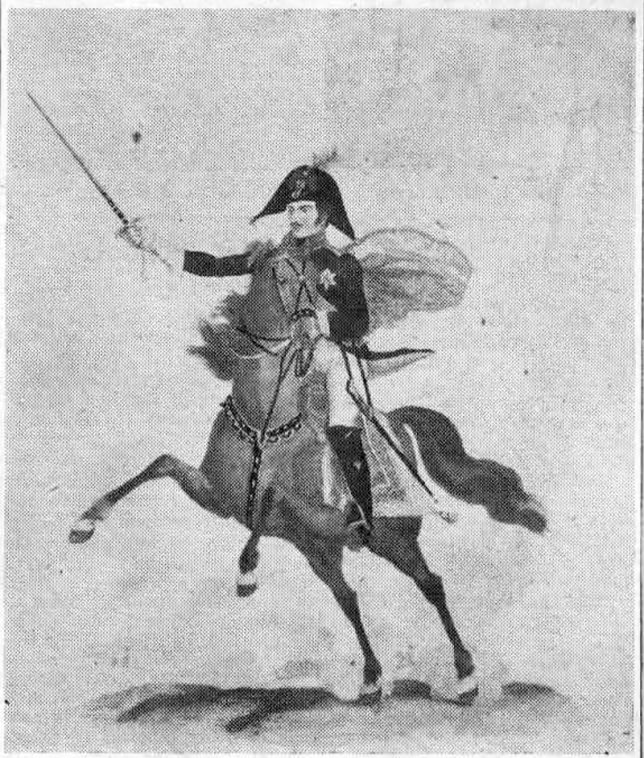
In the picture shown above, the fiery-eyed steed with flowing mane and tail, ridden by a dashing king in handsome uniform, more nearly fulfills the popular concept of the monarch. The lithograph from which this picture has been made, is in Mrs. L.W. Morrison’s antique shop across the road from the old inn. It was originally published in London by Thomas Kelly in July, 1815.
The inn itself is rather a dreary spectacle these days, standing closed up and entirely deserted on a traffic island between the north and south bound lanes of Route 202 and Route 23. It is just a year ago last month that the Pennsylvania House of Representatives passed a bill permitting the sale of the structure. Unlike former proposed bills, this one did not stipulate that the building be moved from its present location within a stated length of time. This was important to would-be purchasers, anxious to preserve the historic old landmark on its original site, particularly in view of the fact that the old structure might disintegrate in the moving process.
The inn had previously become the property of the State when it was purchased from Anna P. Waters at the completion of plans for the Pennsylvania Turnpike route. Because the State did not deem this “island” location a safe one, the House State Government Committee had originally stipulated that any purchaser of the property must move the inn, within 18 months after purchase, to another location. Since that proviso was eliminated last summer it is now said that the sale of the property has been held up by certain claims to the ground on which it stands, made by the former owner.
Among those most disappointed by this latter development are members of the King of Prussia Historical Society, an organization which obtained its charter and incorporation papers a year ago from the Montgomery County Courts. Recent issues of this column have told of this Society’s plans for “the Preservation, restoration and maintenance of historical landmarks, materials and other objects pertaining to Montgomery County and to the history of Upper Merion Township.” Incorporators of this new Historical Society are Dr. Robert May, Mrs. Lucressa Morrison and John R. Arscott, all of King of Prussia; Mrs. Mary Townsend and Dr. Deane Webber, Wayne.
If arrangements can be made for the eventual acquisition of the King of Prussia Inn by this new society, there are many plans under consideration both for its restoration and for its use by various groups and organizations. Next week’s column will contain a resume of these contemplated plans.
(To be continued)

